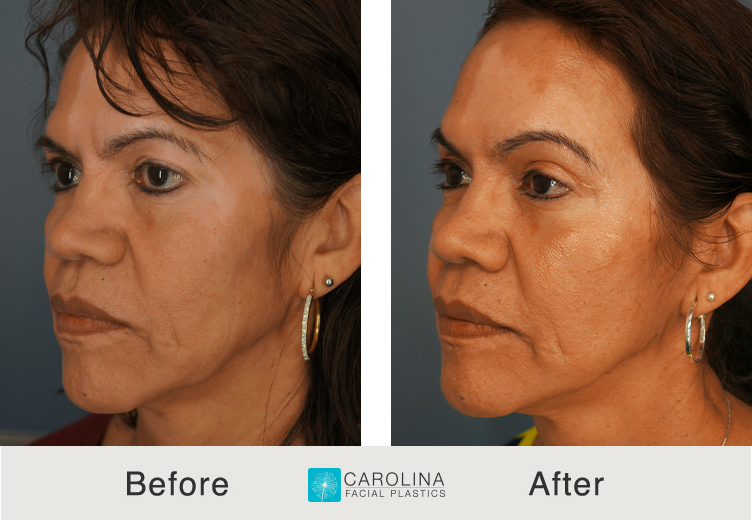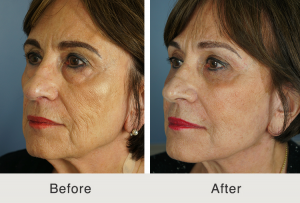Dr. Jonathan Kulbersh is a double board-certified facial plastic surgeon trained by two renowned Beverly Hills plastic surgeons, Dr. Babak Azizzadeh and Dr. Paul Nassif. Dr. Kulbersh’s extensive training and experience in advanced surgical techniques ensure you receive unparalleled facelift results.
Dr. Kulbersh does not use the one-size-fits-all approach to his surgical procedures. He listens carefully to your needs during your initial consultation. He meticulously evaluates your skin quality, aging symptoms, bone structure, and muscle tone, then customizes your treatment plan to achieve a natural, beautiful outcome.
Dr. Kulbersh performs all his surgical procedures at his own private and accredited Fairview Surgical Suites, a surgical center designed to exclusively cater to advanced cosmetic procedures. His Fairview Recovery Retreat is a surgical recovery center for recovering facial plastic surgery patients. These centers focus on patient safety, care, and privacy while providing a 5-star luxury environment for the most comfortable recovery process possible.









